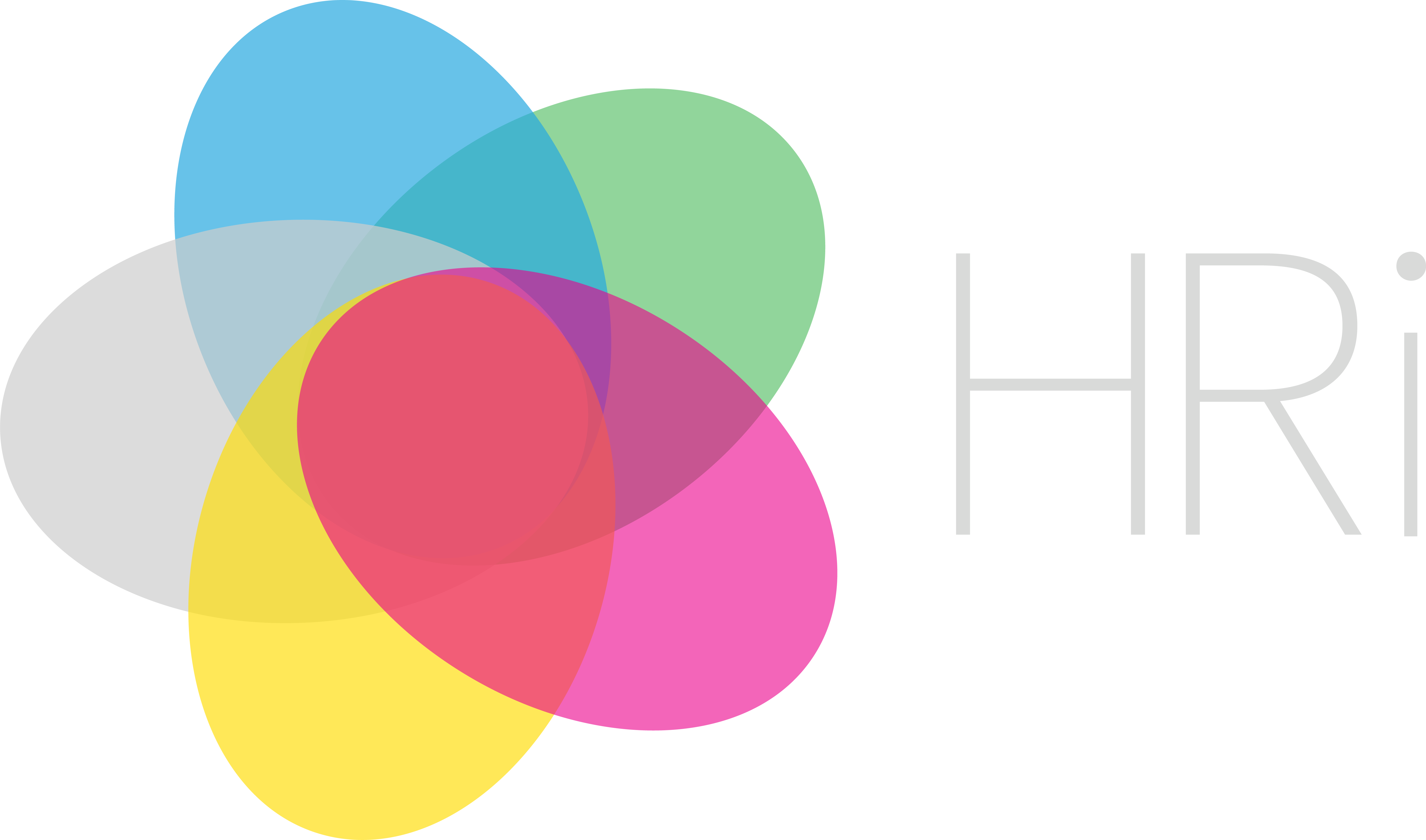Telling Our Stories: Youth, Digital-Production, and Culturally- Relevant Storytelling Digital storytelling is a powerful tool for cultivating new forms of literacy learning. As digital stories can be multilingual and pluriphonic, they offer spaces for diverse youth to express their voices in the classroom, to connect with their identities and histories (Newfield, Andrew, Stein & Maungedzo, 2010; Toohey et al., 2015; Wales, 2012), to engage heterogeneous audiences (Brushwood Rose & Granger, 2013; Jenson, Dahya & Fisher, 2016; Papadopolou & Vlachos, 2014), and to disrupt hegemonic discourses (Lundby, 2009; Couros et al., 2013; Rogers et al., 2014), all requisites for producing fair and equitable classrooms in an era of globalization and linguistic and cultural pluralism (Johnson & Kress, 2003). Digital storytelling also creates spaces for marginalized children to bring their linguistic and cultural experiences into school. For Indigenous students in particular, stories are inscribed within First Nations, Métis and Inuit cultural epistemologies, ontologies and axiologies (Hopkins, 2006; Willox, Harper & Edge, 2012); the opportunity to tell one’s story in the institutional space of colonial schools can serve as a form of self-determination, an advocation of sovereignty, and act of survival, offering “a lens through which [students] can envision [themselves] out of cognitive imperialism” (Simpson & Manitowabi, as cited in Dion & Salamanca, 2018, p.186). This project supports middle years teachers and students in the creation of digital stories on the teachings of Elders (kehte-ayak), Old Ones (Lii Vyeu), Knowledge Keepers and/or community members who are invited into the classroom to share their stories. 
Dr. Cristyne Hébert – Telling Our Stories: Youth, Digital-Production, and Culturally- Relevant Storytelling was last modified: February 27th, 2021 by
Categories:
